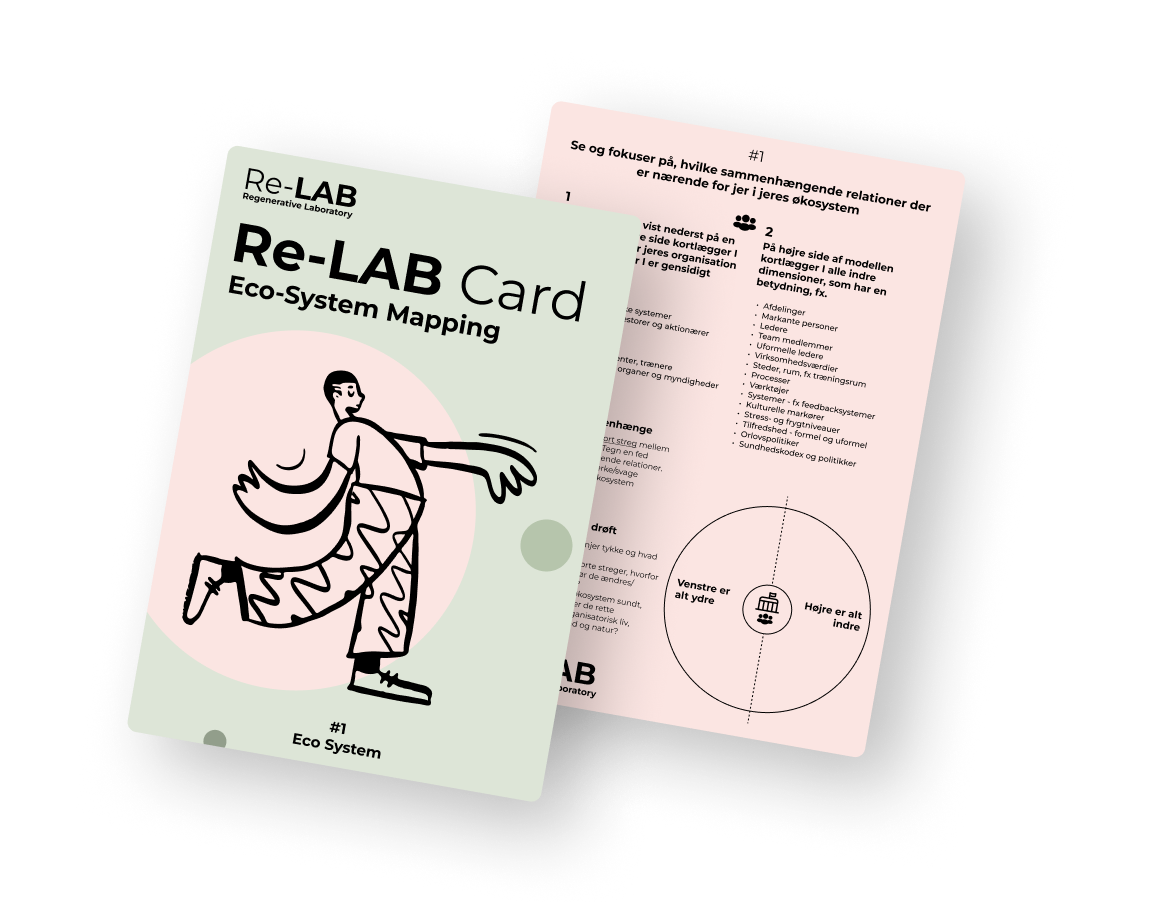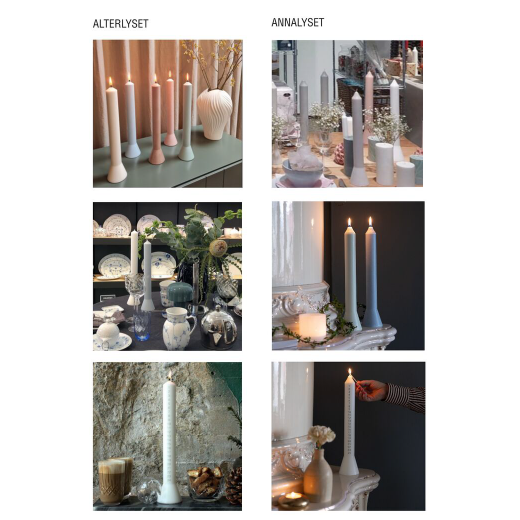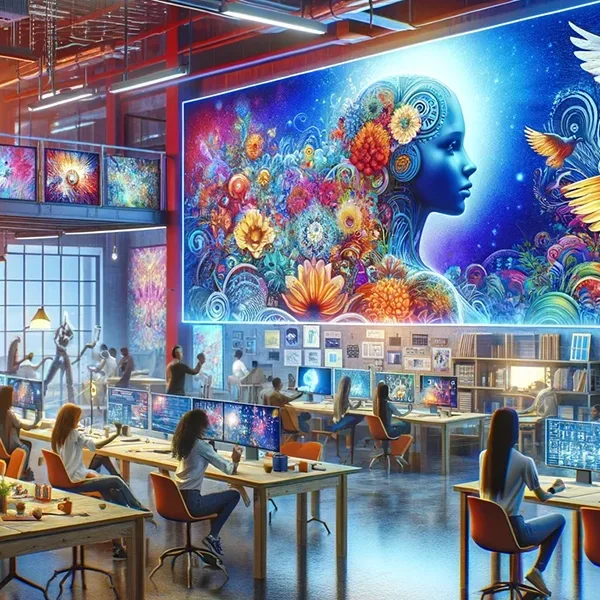The Regenerative Workplace

Through the start-up Re-LAB, Sarah Lund Morrison and Louise Møller Nielsen are on a mission to create systemic changes in the workplace. They do this by utilizing a fusion of design and regenerative principles called Life Rising Design. Design denmark met up with them to hear more about their approach and why they aim to create a workplace revolution.
by Design denmark, 17.10.2023
What is the regenerative?
The term “regenerative” in the context of sustainability in the workplace refers to a more proactive and holistic approach to environmental and social responsibility. It goes beyond “sustainability” and seeks to restore and revitalize ecosystems and working communities rather than merely maintaining or conserving them.
Regenerative practices in the workplace are vital because they represent a more comprehensive and forward-thinking approach to environmental and social responsibility with a focus on reshaping work systems for the greater good. It encourages organizations to minimize harm and actively contribute to the regeneration and well-being of ecosystems and communities, fostering a more sustainable and prosperous future for all.
What is wrong about the workplace today, and what does the regenerative approach do about it?
Many workplaces today struggle with employee burnout, stress, and dissatisfaction, and you can even argue that the traditional corporate system of work is at a collapse as high-performing talent and Gen Z are hard for companies to attract. Rigid hierarchies with top-down management structures still dominate many organizations, limiting employee autonomy and creativity and stifling innovation and problem-solving. Organizations require more flexible and collaborative systems in today’s fast-paced and dynamic business environment. While technology and globalization have reshaped our lives and work, extending time and space across borders and challenging centralized and siloed approaches, organizations need help transitioning into a more fluid and relational work model.
What does the regenerative do about that?
Regenerative practices offer a way for businesses to – as the word indicates – re-generate or recreate their way of existing and operating. As a holistic practice with a strong focus on exchange and relationships, we in Re-LAB work to flatten hierarchies through, i.e. promoting cross-functionality and fluidity in the work, valuing diverse perspectives. Re-LAB is extremely hands-on: Through tools and products, users explore regenerative approaches to adaptability and innovation, promoting everyone to actively seek out new ideas and methods as well as providing opportunities for experimentation and learning. This leads to a culture of continuous improvement and creativity, addressing the limitations of rigid industrial-era practices.

Regenerative working also creates environments that support physical and mental health with flexible work arrangements and spaces designed for collaboration.
What is the difference between regenerative and sustainability?
Sustainability often focuses on mitigating harm or minimizing negative impacts, but regenerative practices aim to address the root causes of problems. Regeneration recognizes that many issues are systemic and require systemic solutions. Regenerative approaches emphasize creating positive impacts rather than just reducing negative ones, promoting working ecosystems’ long-term health and resilience to ensure they are viable for future generations.
Regenerative approaches enhance resilience to external shocks and disturbances, such as climate change or supply chain disruptions, by diversifying resources and strengthening connections, exchanges and relationships.
Furthermore, regenerative practices will involve collaboration with a wide range of diverse people and stakeholders. This engagement can also build trust and enhance a company’s social license to operate.
As environmental and social regulations evolve, companies proactively adopting regenerative practices are more likely to stay compliant and avoid legal issues.
Regenerative practices align with ethical considerations of responsibility toward future generations, social equity, and the planet’s health. This can resonate with employees, customers, and investors who prioritize ethical business practices.
Why the coupling of regenerative to design?
Regenerative design is more than making things work better or making them beautiful. Its real value lies in manifesting new capacity for those on the receiving end, empowering them to act, unleash and continue to act and be in the world.
It encourages designers to think long-term and create positive impacts, not just mitigate negatives. With regenerative design, we aim to rejuvenate workplaces, improve conditions and health within workplace systems and offer recreational opportunities through design-led practices involving multiple stakeholders in collaborative explorative practices, just like in design thinking, but with less focus on centricity on humans and more on designing conditions for the growth of life and energy. This is relevant in today’s changing workforce landscape with movements like the “great quit” and stress-related challenges.
Design Thinking has been around for some time, and critics will state that it hasn’t lived up to what it promised – what do you think you can do with Regenerative Design Thinking – or Life Rising Design as you call it – that we haven’t seen before?
In Re-LAB, we take a new lens to design, designing from a systems perspective. We need to move away from centricity and towards enhancing life, focusing on relations and processes rather than individuals and outcomes.
Collaboration is essential. We actively build, strengthen and nurture coalitions, networks and organizations that share the goal of system change. Collaborative efforts can amplify impact and will provide diverse perspectives, which is also a prerequisite to systemic change.
Then, we must indeed recognize that system change is an iterative process. Changing complex systems needs visioners and persistence – and, simultaneously, to let go of control and adopt a forward-thinking and growth mindset.
Why should those in power – in the old type of organizations – embrace the regenerative workplace mindset?
Companies that want to operate in a way that corresponds to today’s market and people need a model where humans, products, agility, innovation, society, and nature are central components in the ecosystem as a whole. We know change can feel overwhelming and difficult, but Re-LAB has developed a toolset catering to both baby steps and giant leaps.

Facts
Sarah Lund Morrison and Louise Møller Nielsen are aiming at providing a complete toolbox for everything regenerative. Design denmark support their mission and offers a discount on their products for members.
Log in to your member site and find the discount under the section “Safe from Harm”



